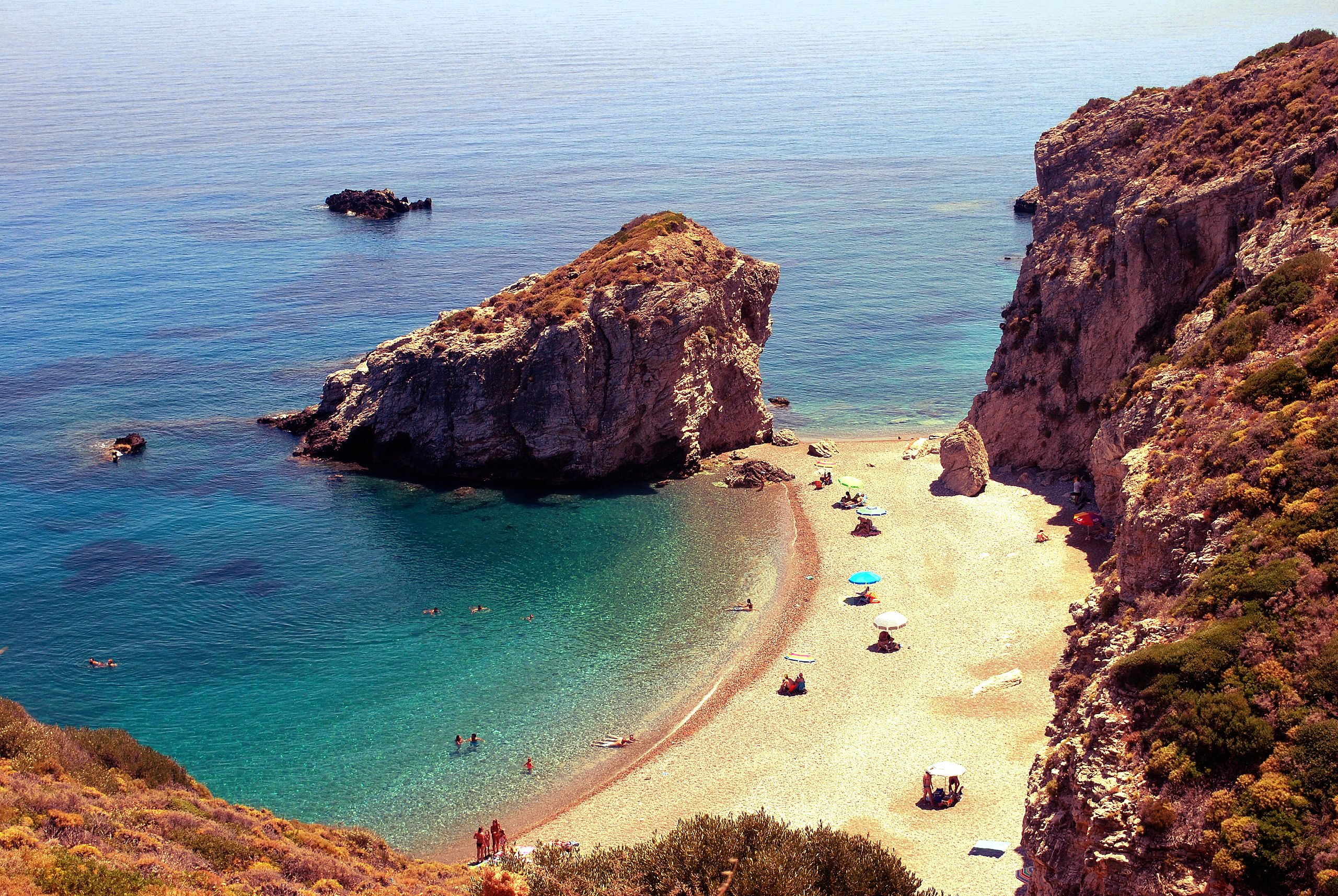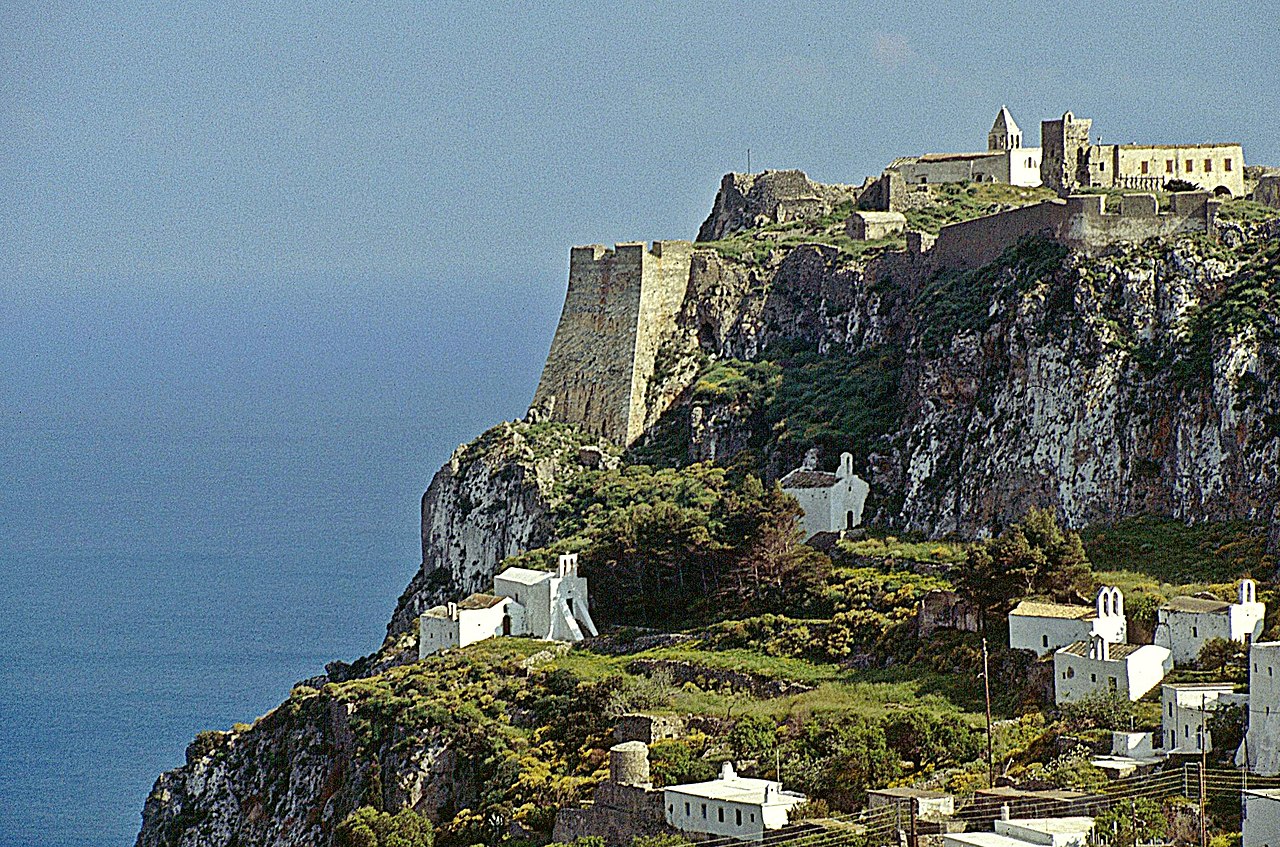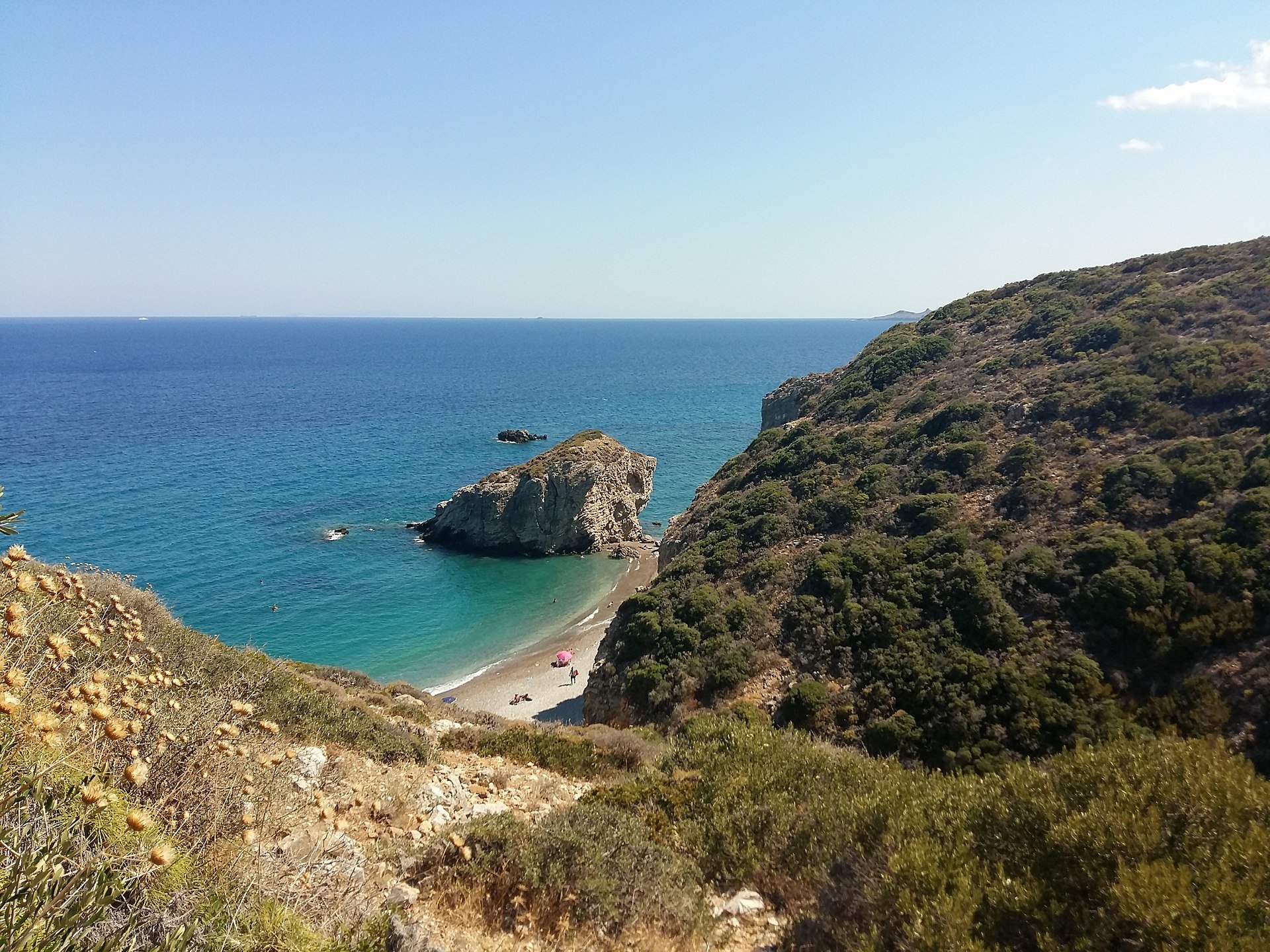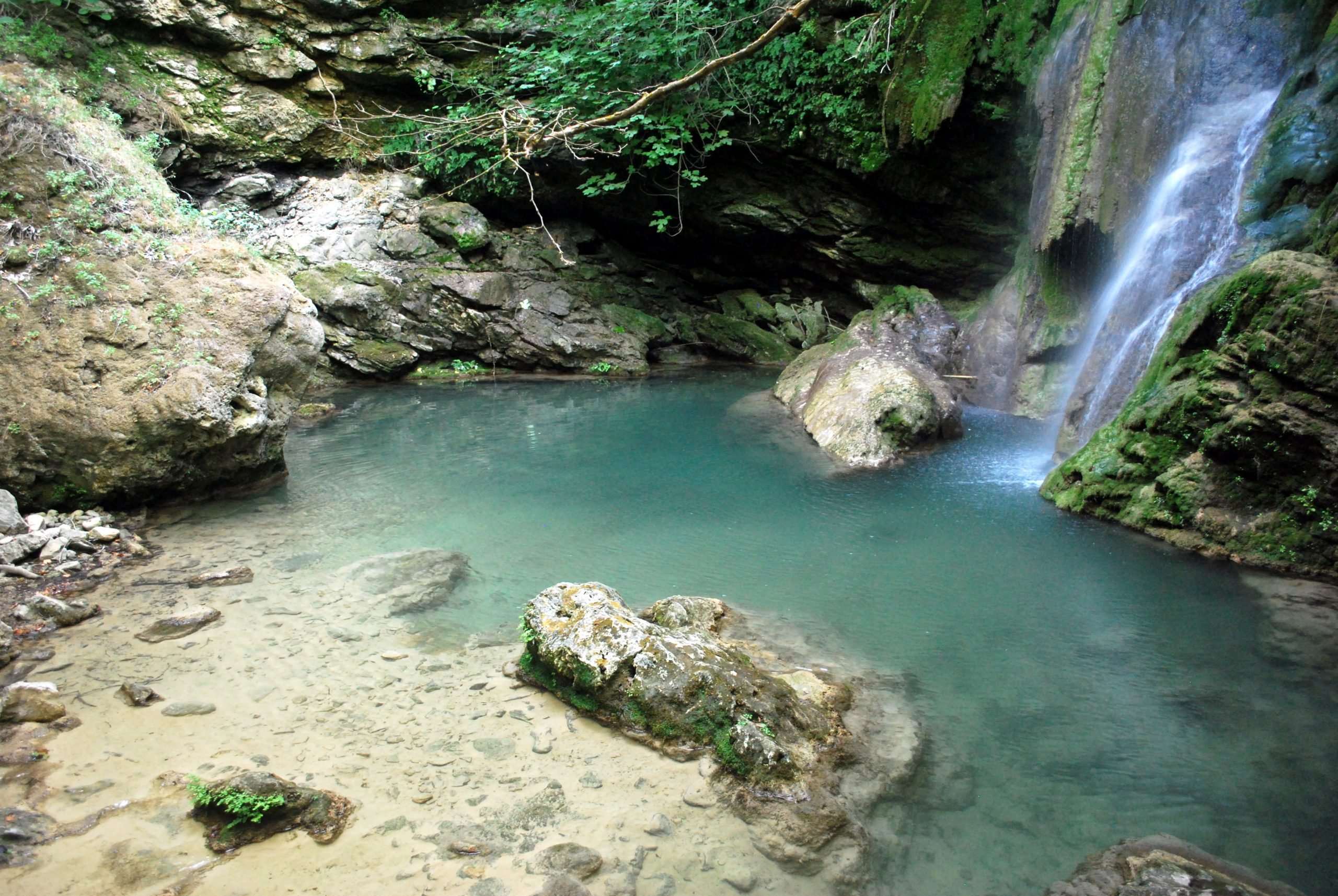
History of the Greek Island of Kythera

The Venetian rule marked the culture and idiosyncrasy of Kytherians. It contributed to their excellence in the arts, politics and commerce.
Kytherians in Australia
If you visit Kythera, you will be surprised by the percentage of Australian tourists among visitors. The reason is that thousands of Kytherians went to Australia in the first wave of migration to the land down under in the early 20th century.
It is estimated that there are over 60,000 Greek-Australians of Kytherian descent living in Australia and the Kytherian community of Sydney is one of the oldest communities in the country.
In the dawn of the 20th century, hundreds of Kytherians could not sustain and raise a family on the island due to its small size and mountainous terrain.
Many were forced to migrate to Australia, since America had made migration policies more strict. So Kytherians settled in Sydney and Brisbane instead.
So it is natural that the second and third generation Greek-Australians of Kytherian decsent to want to make a connection with their ancestral roots, while having a great holiday.
Once there, let yourself be enchanted by Kythera
Kythera is ideal for relaxation and is great for families and nature lovers. The more adventurous types can enjoy hiking, cycling or splash in the waterfalls.
Off the beaten track due to infrequent ferry connections and lack of an airport, the island remains a hidden treasure.
Don’t be surprised if you go to a small beach and find that you can have it all for yourself for a few hours.
In Kythera you can stay in Palaiochora, Agia Pelagia, Diakofti, Livadi, Avlemonas and other villages.
Ten great beaches on the Greek island

Kythera has many great beaches, typical of the Aegean Sea, with clear turquoise waters and golden sand.
Kaladi is on the east side of the island, near Paleopoli. The beach has average size pebbles, while the waters are deep, and ideal for diving.
Vroulea is on the southeast part of Kythera, near Kalamos. It is rather isolated and has pebbly sand.
Kapsali, is also south, but this is a large beach with pebbly sand and shallow waters. It is a busy family beach with deckchairs, umbrellas, restaurants, snack bars, and cafes.
Chalkos is in Kalamos and it is an average size beach with big rocks and pebbles. It has blue-green waters with beautiful reflections. The beach is lined with deckchairs, umbrellas and snack-bars like Kapsali.
Fyri Ammos is a large beach also in Kalamos, with coarse red sand, it is a rocky beach with deep waters and a cave. You can find deckchairs, beach umbrellas and a snack-bar there.
Fournoi is rocky beach on the northeastern part of the island with the same offerings as Fyri Ammos.
Lorentzo in Agia Pelagia is in the north part of Kythera. It has coarse crimson sand and is famous for its caves.
Limni Kakias Lagadas in Agia Pelagia is a small isolated beach with small pebbles between a lake and the sea.
Other natural wonders on Kythera

There is more to Kythera than just lying on the sand or swimming in the crystal clear waters.
The ravine of Mylopotamos with its running waters starts from the center of the village and ends at Kalami beach.
Surrounded by plane trees and poplars, the water creates waterfalls and small beautiful ponds, ideal to jump in. The ravine is bordered by 22 watermills.
The mountainous part of the island is great for cycling, but requires a lot of effort and the legs of an athlete. Hiking is also an activity on offer for the more athletic types.
There is a wild and very beautiful gorge known as Kakia Lagada. It starts in Palaiochora, a Byzantine citadel formally called Agios Dimitrios, and stretches all the way to the northern coast of Kythera, east of Agia Pelagia, to Limni.



Comments
Post a Comment